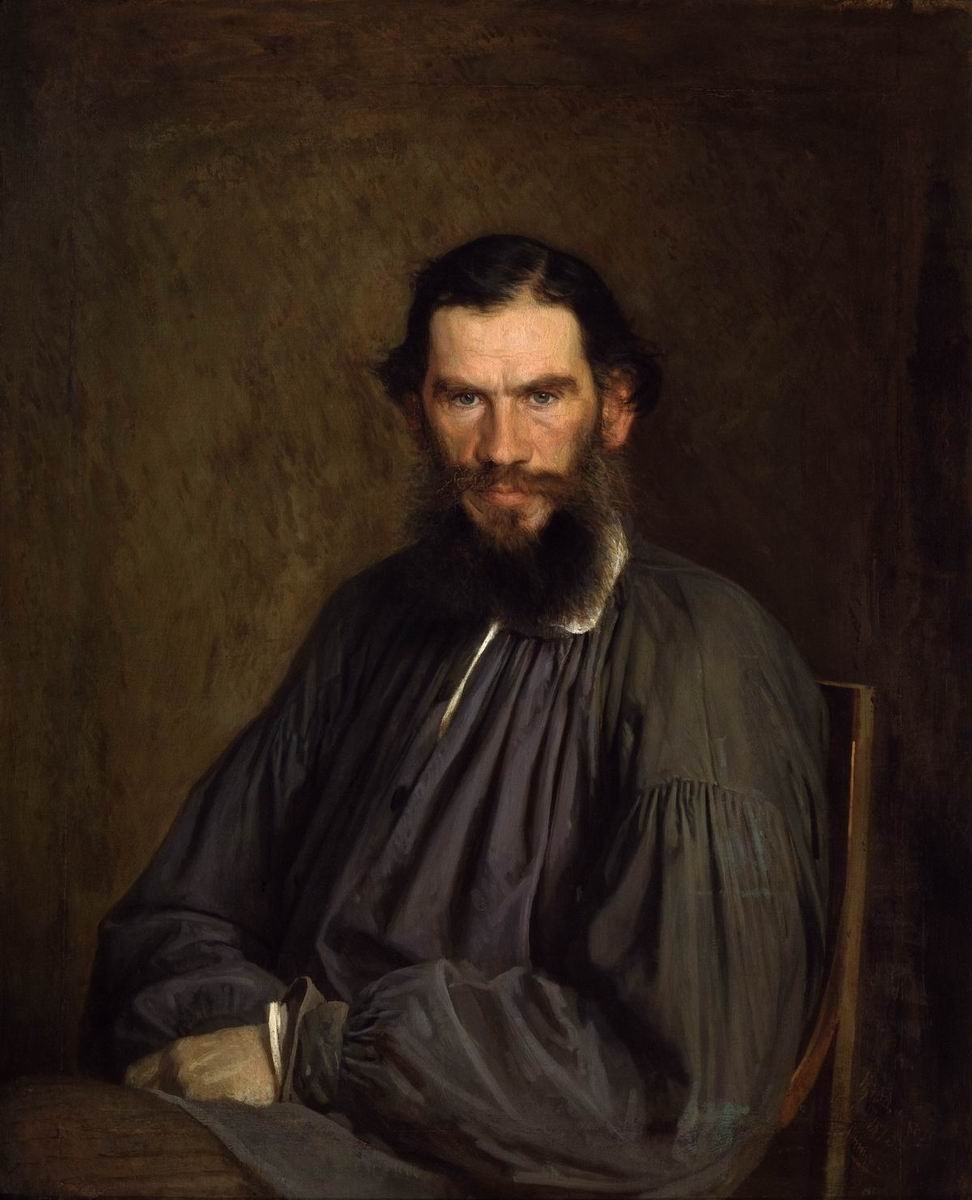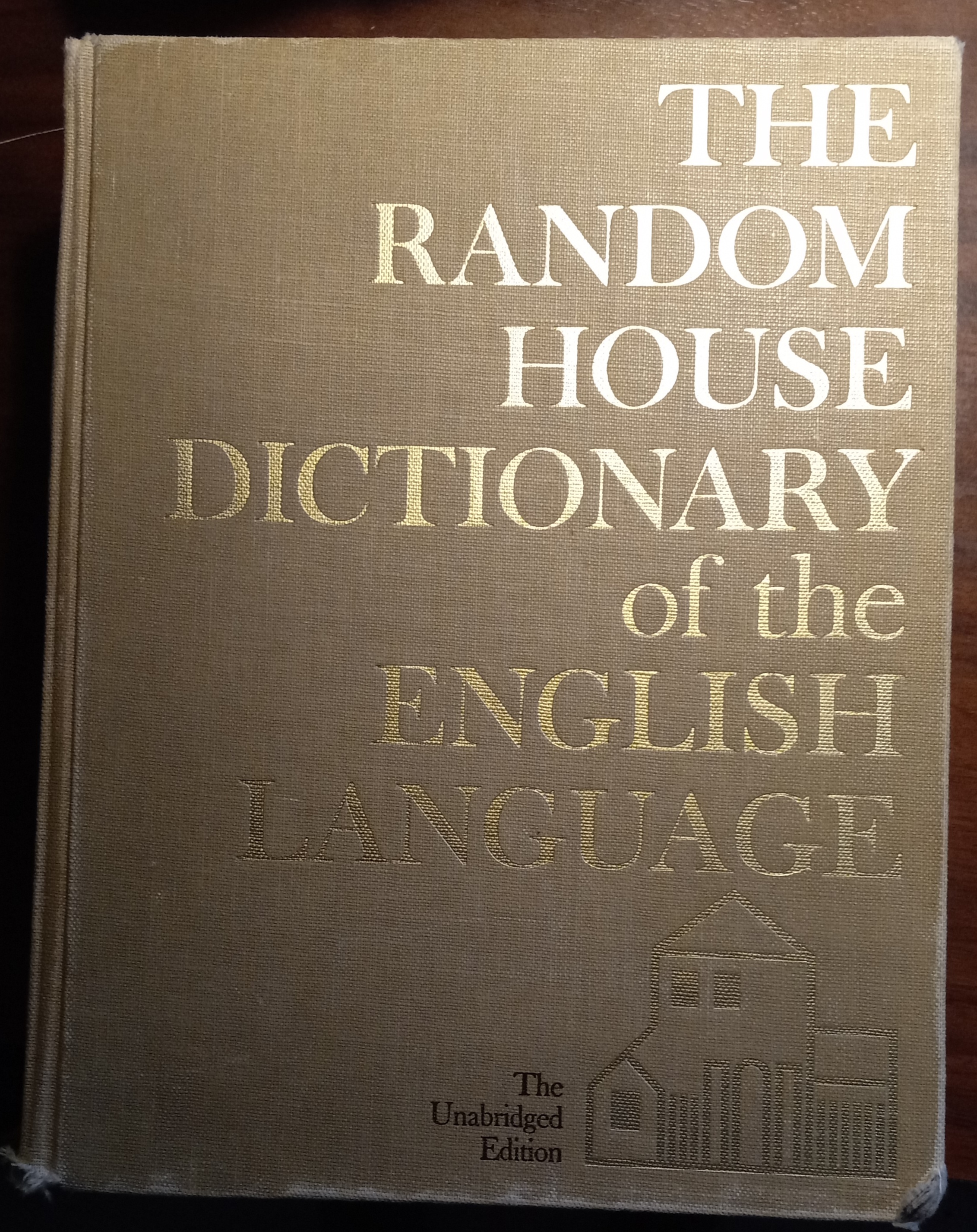|
Leo Tolstoj
Count Lev Nikolayevich TolstoyTolstoy pronounced his first name as , which corresponds to the romanization ''Lyov''. () (; russian: link=no, Лев Николаевич Толстой,In Tolstoy's day, his name was written as in pre-reformed Russian. ; ), usually referred to in English as Leo Tolstoy, was a Russian writer who is regarded as one of the greatest authors of all time. He received nominations for the Nobel Prize in Literature every year from 1902 to 1906 and for the Nobel Peace Prize in 1901, 1902, and 1909; the fact that he never won is a major controversy. Born to an aristocratic Russian family in 1828, Tolstoy's notable works include the novels ''War and Peace'' (1869) and ''Anna Karenina'' (1878), often cited as pinnacles of realist fiction. He first achieved literary acclaim in his twenties with his semi-autobiographical trilogy, ''Childhood'', '' Boyhood'', and ''Youth'' (1852–1856), and ''Sevastopol Sketches'' (1855), based upon his experiences in th ... [...More Info...] [...Related Items...] OR: [Wikipedia] [Google] [Baidu] |
Yasnaya Polyana
Yasnaya Polyana ( rus, Я́сная Поля́на, p=ˈjasnəjə pɐˈlʲanə, literally: "Bright Glade") is a writer's house museum, the former home of the writer Leo Tolstoy. Bartlett, p. 25 It is southwest of Tula, Russia, and from Moscow. Tolstoy was born in the house, where he wrote both ''War and Peace'' and ''Anna Karenina''. He is buried nearby. Tolstoy called Yasnaya Polyana his "inaccessible literary stronghold". Massie, p. 308 In June 1921, the estate was nationalized and formally became his memorial museum. It was at first run by Alexandra Tolstaya, the writer's daughter. The current director of the museum is Tolstoy's great-great-grandson Vladimir Tolstoy. The museum contains Tolstoy's personal effects and movables, as well as his library of 22,000 volumes. The estate-museum contains the writer's mansion, the school he founded for peasant children, and a park where Tolstoy's unadorned grave is situated. History Early history The estate of Yasnaya Polyana was ... [...More Info...] [...Related Items...] OR: [Wikipedia] [Google] [Baidu] |
The Kingdom Of God Is Within You
''The Kingdom of God Is Within You'' ( pre-reform Russian: ; post-reform rus, Царство Божие внутри вас, Tsárstvo Bózhiye vnutrí vas) is a non-fiction book written by Leo Tolstoy. A Christian anarchist philosophical treatise, the book was first published in Germany in 1894 after being banned in his home country of Russia. It is the culmination of 30 years of Tolstoy's thinking, and lays out a new organization for society based on an interpretation of Christianity focusing on universal love. ''The Kingdom of God Is Within You'' is a key text for Tolstoyan proponents of nonviolence, of nonviolent resistance, and of the Christian anarchist movement. Background The title of the book originates from Luke 17:21. In the book, Tolstoy speaks of the principle of nonviolent resistance when confronted by violence, as taught by Jesus Christ. When Christ says to turn the other cheek, Tolstoy asserts that Christ means to abolish violence, even the defensive kind, and ... [...More Info...] [...Related Items...] OR: [Wikipedia] [Google] [Baidu] |
Boyhood (novel)
''Boyhood'' (russian: Отрочество, ''Otrochestvo'') is the second novel in Leo Tolstoy's autobiography, autobiographical trilogy, following ''Childhood (Tolstoy novel), Childhood'' and followed by ''Youth (Tolstoy novel), Youth''. The novel was first published in the Russian literary journal ''Sovremennik'' in 1854. Later in life, Tolstoy expressed his unhappiness with the book. See also Leo Tolstoy bibliography External links (trans. by C.J. Hogarth) * References 1854 Russian novels Novels by Leo Tolstoy Russian autobiographical novels Works originally published in Sovremennik {{1850s-autobio-novel-stub ... [...More Info...] [...Related Items...] OR: [Wikipedia] [Google] [Baidu] |
Childhood (Tolstoy Novel)
''Childhood'' (Reforms of Russian orthography, pre-reform Russian: ; post-reform rus, Детство, Détstvo) is the Debut novel, first published novel by Leo Tolstoy, released under the initials L. N. in the November 1852 issue of the popular Russian literary journal ''Sovremennik, The Contemporary''. It is the first in a series of three novels, followed by ''Boyhood (novel), Boyhood'' and ''Youth (Leo Tolstoy novel), Youth''. Published when Tolstoy was just twenty-three years old, the book was an immediate success. It earned Tolstoy notice from other Russian novelists including Ivan Turgenev, who heralded the young Tolstoy as a major up-and-coming figure in Russian literature. ''Childhood'' explores the inner life of a young boy, Nikolenka. It is one of the books in Russian writing to explore an expressionism, expressionistic style, mixing fact, fiction, and emotions to render the moods and reactions of the narrator. Excerpt "Will the freshness, lightheartedness, the need f ... [...More Info...] [...Related Items...] OR: [Wikipedia] [Google] [Baidu] |
The New Yorker
''The New Yorker'' is an American weekly magazine featuring journalism, commentary, criticism, essays, fiction, satire, cartoons, and poetry. Founded as a weekly in 1925, the magazine is published 47 times annually, with five of these issues covering two-week spans. Although its reviews and events listings often focus on the Culture of New York City, cultural life of New York City, ''The New Yorker'' has a wide audience outside New York and is read internationally. It is well known for its illustrated and often topical covers, its commentaries on popular culture and eccentric American culture, its attention to modern fiction by the inclusion of Short story, short stories and literary reviews, its rigorous Fact-checking, fact checking and copy editing, its journalism on politics and social issues, and its single-panel cartoons sprinkled throughout each issue. Overview and history ''The New Yorker'' was founded by Harold Ross and his wife Jane Grant, a ''The New York Times, N ... [...More Info...] [...Related Items...] OR: [Wikipedia] [Google] [Baidu] |
Nobel Prize Controversies
Since the first award in 1901, conferment of the Nobel Prize has occasionally engendered criticismNobel population 1901–50: anatomy of a scientific elite 5 November 2001. physicsworld.com. Retrieved 20 March 2011. and controversy. After his death in 1896, the will of Swedish industrialist Alfred Nobel established that an annual prize be awarded for service to humanity in the fields of , |
Nobel Peace Prize
The Nobel Peace Prize is one of the five Nobel Prizes established by the will of Swedish industrialist, inventor and armaments (military weapons and equipment) manufacturer Alfred Nobel, along with the prizes in Nobel Prize in Chemistry, Chemistry, Nobel Prize in Physics, Physics, Nobel Prize in Physiology or Medicine, Physiology or Medicine and Nobel Prize in Literature, Literature. Since March 1901, it has been awarded annually (with some exceptions) to those who have "done the most or the best work for fraternity between nations, for the abolition or reduction of standing armies and for the holding and promotion of peace congresses". In accordance with Alfred Nobel's will, the recipient is selected by the Norwegian Nobel Committee, a five-member committee appointed by the Parliament of Norway. Since 2020 the prize is awarded in the University of Oslo Faculty of Law, Atrium of the University of Oslo, where it was also awarded 1947–1989; the Abel Prize is also awarded in the ... [...More Info...] [...Related Items...] OR: [Wikipedia] [Google] [Baidu] |
Nobel Prize In Literature
) , image = Nobel Prize.png , caption = , awarded_for = Outstanding contributions in literature , presenter = Swedish Academy , holder = Annie Ernaux (2022) , location = Stockholm, Sweden , year = 1901 , reward = 10 million SEK (2022) , website = , year2 = 2022 , holder_label = Currently held by , previous = 2021 , main = 2022 , next = 2023 The Nobel Prize in Literature (here meaning ''for'' literature) is a Swedish literature prize that is awarded annually, since 1901, to an author from any country who has, in the words of the will of Swedish industrialist Alfred Nobel, "in the field of literature, produced the most outstanding work in an idealistic direction" (original Swedish: ''den som inom litteraturen har producerat det utmärktaste i idealisk rigtning''). Though individual works are sometimes cited as being particularly noteworthy, the award is based on an author's body of work as ... [...More Info...] [...Related Items...] OR: [Wikipedia] [Google] [Baidu] |
Reforms Of Russian Orthography
The Russian orthography has been reformed officially and unofficially by changing the Russian alphabet over the course of the history of the Russian language. Several important reforms happened in the 18th–20th centuries. Early changes Old East Slavic adopted the Cyrillic script, approximately during the 10th century and at about the same time as the introduction of Eastern Christianity into the territories inhabited by the Eastern Slavs. No distinction was drawn between the vernacular language and the liturgical, though the latter was based on South Slavic languages, South Slavic rather than East Slavic languages, Eastern Slavic norms. As the language evolved, several letters, notably the ''yuses'' (Ѫ, Ѭ, Ѧ, Ѩ) were gradually and unsystematically discarded from both secular and church usage over the next centuries. The emergence of the centralized Russian state in the 15th and 16th centuries, the consequent rise of the state bureaucracy along with the development of t ... [...More Info...] [...Related Items...] OR: [Wikipedia] [Google] [Baidu] |
Random House Webster's Unabridged Dictionary
''Random House Webster's Unabridged Dictionary'' is a large American dictionary, first published in 1966 as ''The Random House Dictionary of the English Language: The Unabridged Edition''. Edited by Editor-in-chief Jess Stein, it contained 315,000 entries in 2256 pages, as well as 2400 illustrations. The CD-ROM version in 1994 also included 120,000 spoken pronunciations. History The Random House publishing company entered the reference book market after World War II. They acquired rights to the ''Century Dictionary'' and the ''Dictionary of American English'', both out of print. Their first dictionary was Clarence Barnhart's ''American College Dictionary'', published in 1947, and based primarily on ''The New Century Dictionary'', an abridgment of the ''Century''. In the late 1950s, it was decided to publish an expansion of the ''American College Dictionary'', which had been modestly updated with each reprinting since its publication. Under editors Jess Stein and Laurence Ur ... [...More Info...] [...Related Items...] OR: [Wikipedia] [Google] [Baidu] |
Count
Count (feminine: countess) is a historical title of nobility in certain European countries, varying in relative status, generally of middling rank in the hierarchy of nobility. Pine, L. G. ''Titles: How the King Became His Majesty''. New York: Barnes & Noble, 1992. p. 73. . The etymologically related English term "county" denoted the territories associated with the countship. Definition The word ''count'' came into English from the French ''comte'', itself from Latin ''comes''—in its accusative ''comitem''—meaning “companion”, and later “companion of the emperor, delegate of the emperor”. The adjective form of the word is "comital". The British and Irish equivalent is an earl (whose wife is a "countess", for lack of an English term). In the late Roman Empire, the Latin title ''comes'' denoted the high rank of various courtiers and provincial officials, either military or administrative: before Anthemius became emperor in the West in 467, he was a military ''comes ... [...More Info...] [...Related Items...] OR: [Wikipedia] [Google] [Baidu] |







%2C_page_5.gif)

